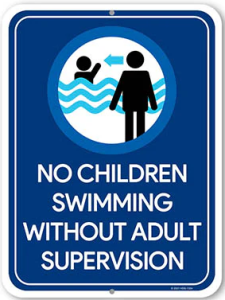 Home pool safety is crucial for preventing accidents and ensuring a safe and enjoyable environment for swimmers of all ages. Drowning is a leading cause of accidental death, especially among children, making it essential to implement and maintain comprehensive safety measures.
Home pool safety is crucial for preventing accidents and ensuring a safe and enjoyable environment for swimmers of all ages. Drowning is a leading cause of accidental death, especially among children, making it essential to implement and maintain comprehensive safety measures.
1. Fencing and Barriers:
Installing a sturdy, climb-resistant fence around the pool is one of the most effective safety measures. The fence should be at least four feet high with a self-closing, self-latching gate that opens outward. This helps prevent unsupervised access, particularly by young children.
2. Supervision:
Constant, attentive supervision is key. An adult should always be present when children are swimming, and they should avoid distractions like reading or using a phone. The supervising adult should also be proficient in CPR and basic water rescue techniques.
3. Pool Alarms:
Pool alarms can alert homeowners to potential dangers. Door alarms can notify when someone enters the pool area, while surface wave or underwater alarms detect movement in the water. These devices add an extra layer of security, particularly when the pool is not in use.
4. Swimming Skills:
Teaching children how to swim can significantly reduce the risk of drowning. Enroll them in swimming lessons that also cover basic water safety and survival skills. However, even proficient swimmers need supervision and should avoid risky behaviors like diving in shallow water.
Keep essential safety equipment near the pool, such as life rings, reaching poles, and a first aid kit. Ensure that everyone knows how to use these items in an emergency. Additionally, pool covers should be used when the pool is not in use to prevent accidental falls.
6. Clear Rules:
Establish and enforce clear pool rules, such as no running, no diving in shallow areas, and no swimming alone. Make sure all pool users are aware of these rules and understand their importance.
7. Water Quality and Maintenance:
Regularly check and maintain pool water quality to prevent infections and illnesses. Proper chemical balance and filtration are vital for a safe swimming environment.
8. Emergency Preparedness:
Develop an emergency action plan that includes calling 911, performing CPR, and guiding emergency responders to the pool area. Regularly review and practice this plan with family members and frequent pool users.
Implementing these measures creates a safer pool environment, reducing the risk of accidents and ensuring a fun and secure space for everyone.
As an Amazon Associate, I earn from qualifying purchases.





